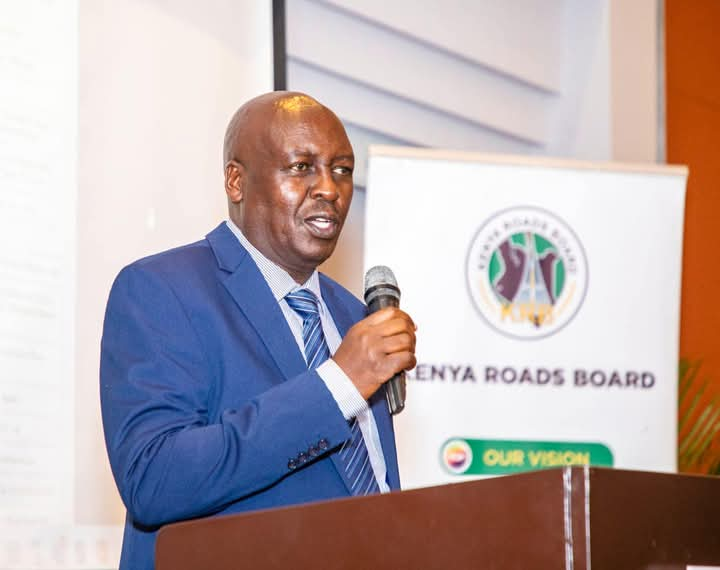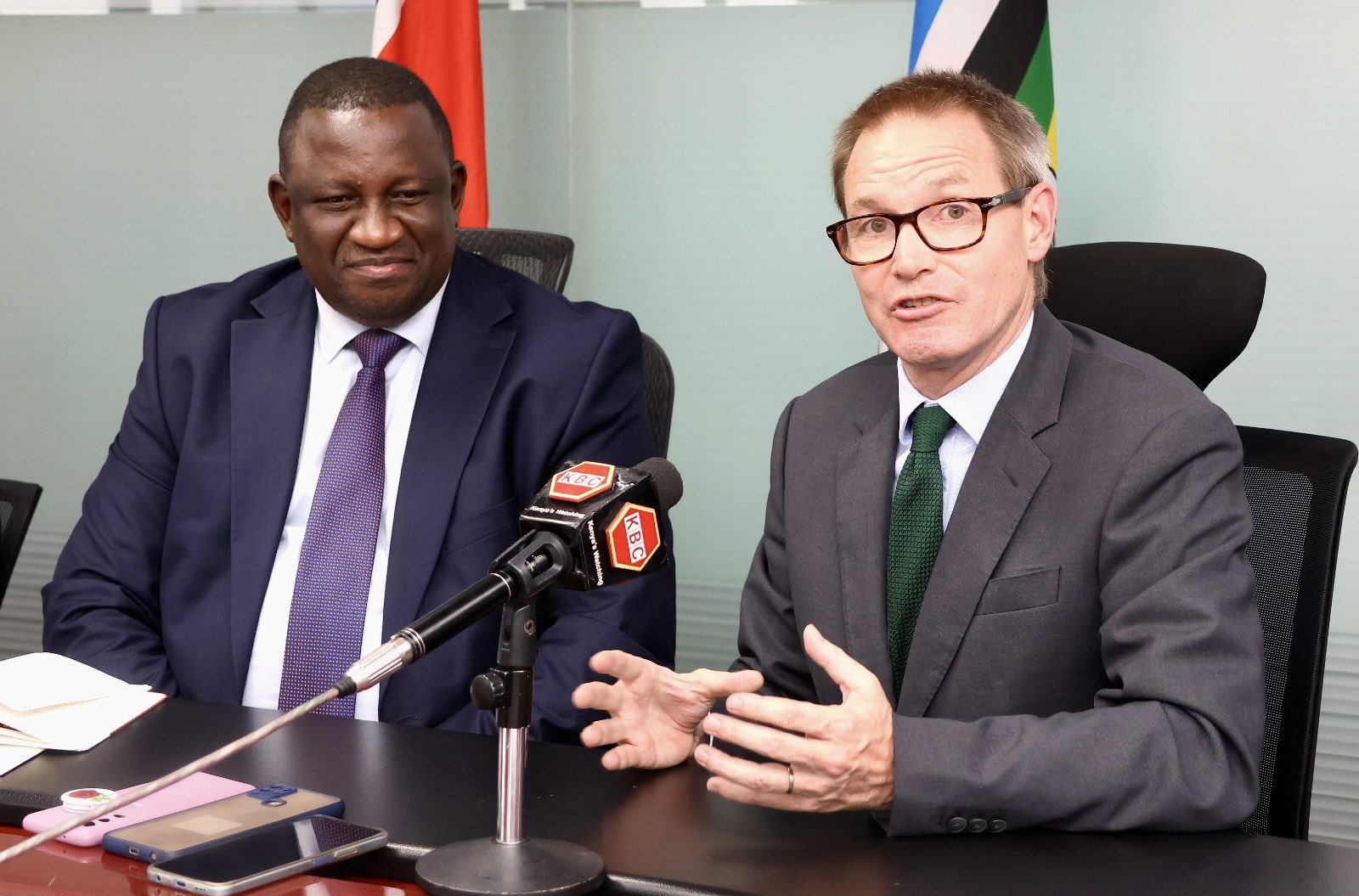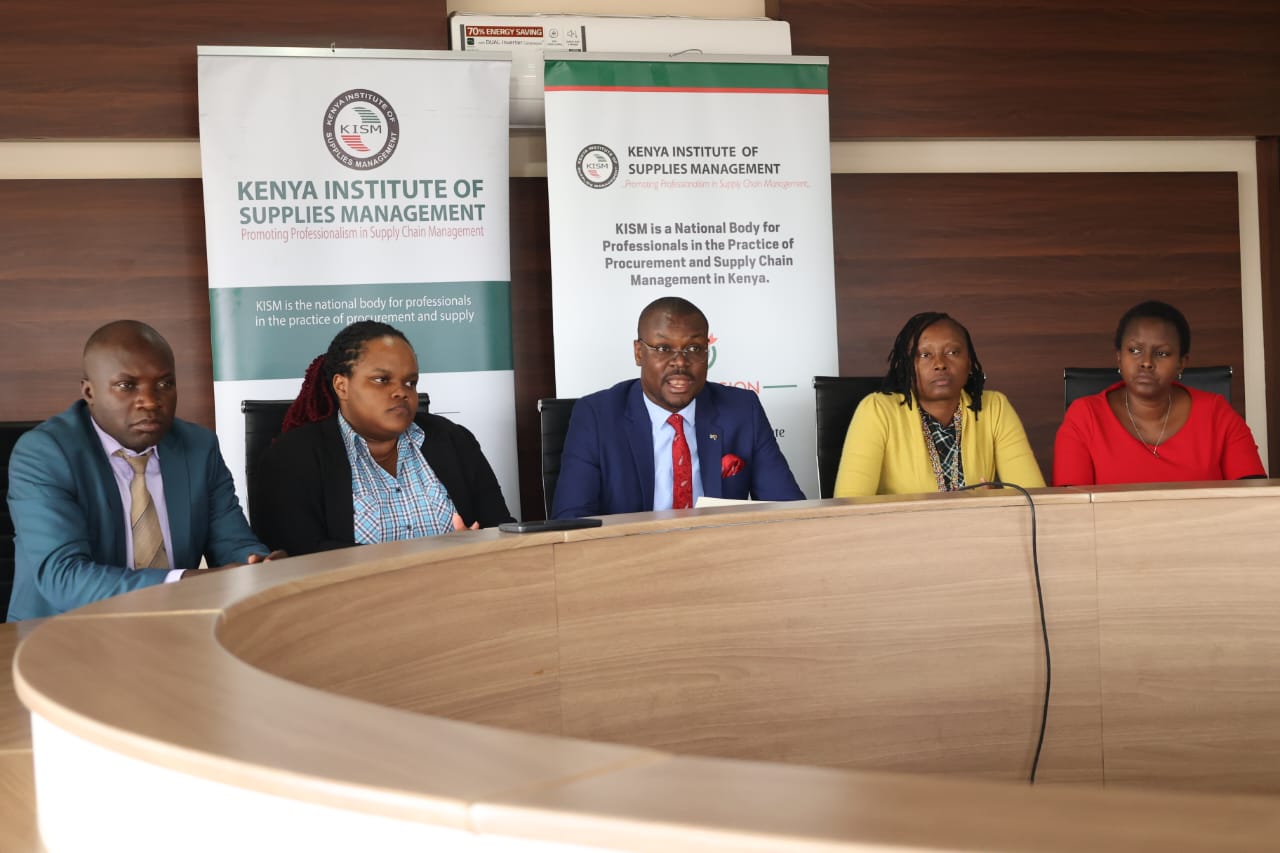By Eddah Waithaka
Eng. Joseph Mbugua, Principal Secretary of the State Department for Roads, delivered a compelling address at the Kenya Population and Development Conference 2025, held at the Chandaria Auditorium, University of Nairobi.
Speaking under the theme “Mobility, Migration, and Urbanization,” Eng. Mbugua emphasized the critical role of road infrastructure in driving Kenya’s economic growth and influencing population dynamics.
In his remarks, Eng. Mbugua underscored the undeniable impact of transport infrastructure on national development. “Roads spur economic development from the construction phase, creating direct and indirect job opportunities and stimulating supply chains for construction materials,” he stated.
He further highlighted that roads facilitate the movement of goods and services, boosting trade and economic activity long after their completion.
Citing data from the Kenya National Bureau of Statistics (2023), Eng. Mbugua revealed that the roads subsector accounts for up to 75% of transport and storage outputs in Kenya and contributes significantly to the construction sector, which makes up 7% of the country’s GDP.
“These statistics affirm the economic importance of roads as the predominant mode of transport,” he said. The Principal Secretary outlined four key ways in which road infrastructure shapes population fundamentals.
Population Growth
Roads improve access to healthcare, markets, and social services, leading to increased life expectancy and reduced mortality rates.
Population Distribution and Demography
Roads influence rural-urban migration by providing better infrastructure and employment opportunities in urban areas.
National Integration and Security
Roads connect regions and facilitate the deployment of security services, enabling the movement and settlement of people into new areas.
Socio-Economic Upliftment
Roads spur economic growth, increase literacy levels, and improve household incomes, directly impacting population trends.
Eng. Mbugua detailed the State Department’s ongoing efforts to deliver 6,000 km of priority roads under the Medium-Term Plan IV (MTP IV) of the Bottom-Up Economic Transformation Agenda.
Through agencies like the Kenya Rural Roads Authority (KeRRA), Kenya Urban Roads Authority (KURA), and Kenya National Highways Authority (KeNHA), the government is upgrading rural roads, enhancing urban networks, and improving regional connectivity.
Key projects include the Isiolo-Mandera Corridor, Lamu-Garissa-Isiolo Corridor, and the completion of the Dongo Kundu Bypass in Mombasa.
In urban areas, KURA is deploying Intelligent Transport Systems, expanding bypasses, and developing Non-Motorised Traffic (NMT) infrastructure such as pedestrian walkways and cycling lanes.
To address funding challenges, Eng. Mbugua revealed that the government is exploring alternative financing mechanisms, including Public-Private Partnerships (PPPs) and a National Tolling Policy.
“The success of the Nairobi Expressway PPP has boosted investor confidence, and we are reviewing proposals to involve the private sector in road development,” he said.
In closing, Eng. Mbugua reaffirmed the State Department’s commitment to delivering quality road infrastructure to drive economic growth and improve the lives of Kenyans.
He thanked the conference organizers for the opportunity to share insights and experiences, urging stakeholders to support the government’s efforts in building a sustainable road network for future generations.
The Kenya Population and Development Conference 2025 continues to provide a platform for dialogue on critical issues affecting the nation’s growth, with road infrastructure emerging as a cornerstone of Kenya’s development agenda.
Read More Stories At : https://africawatchnews.co.ke/







